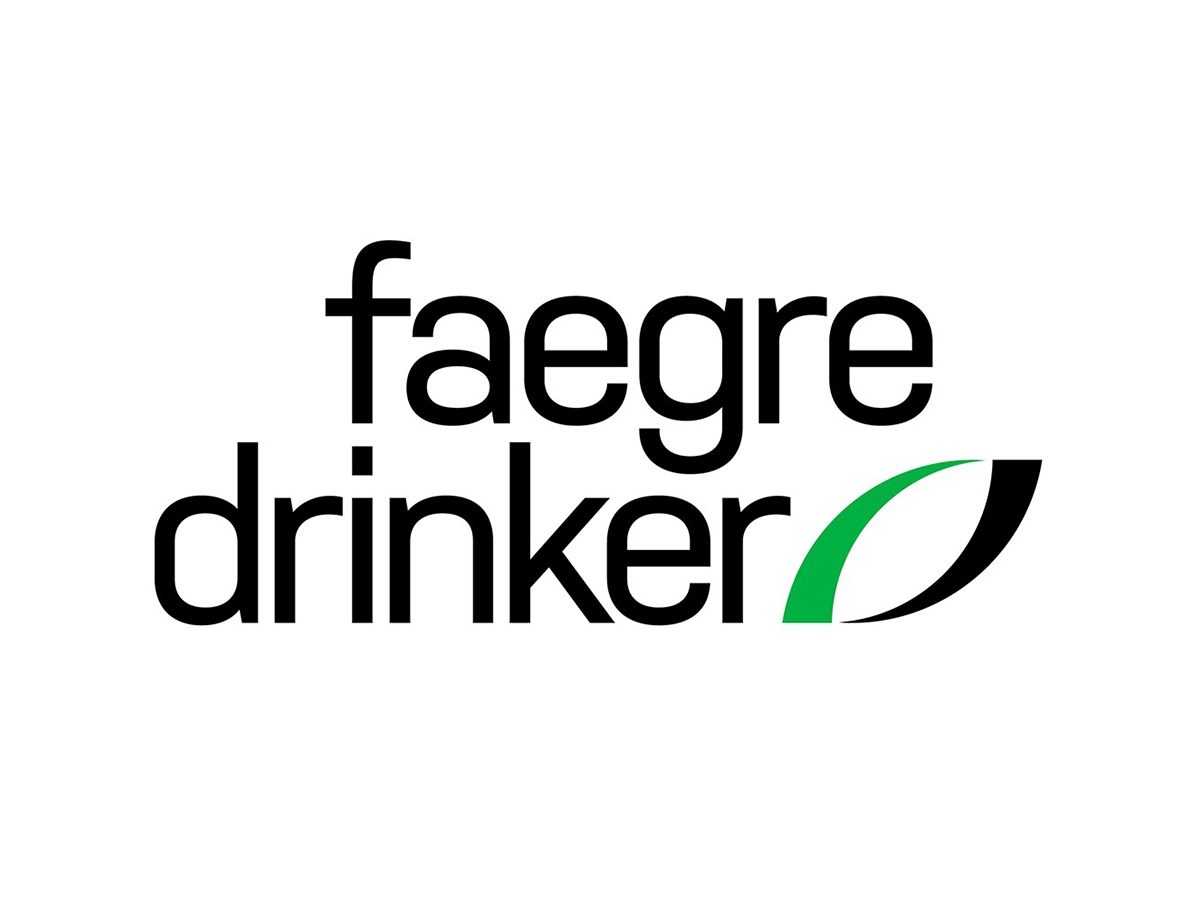Restricted Distribution Patent Claims Are Not Method-of-Using Claims for the Purpose of Listing in FDA’s Orange Book | Locke Lord LLP
In the Hatch-Waxman arena of patent litigation, the crisscross of patent laws and FDA regulations is always in play. In the recent Federal Circuit decision in Jazz Pharmaceuticals, Inc. v. Avadel CNS Pharmaceuticals, LLC, 2023 WL 2198640 (Fed. Cir. Feb. 24, 2023), we see another iteration of this with respect to listing a method-of-use patent in the Orange Book. In Jazz v. Avadel, the Federal Circuit affirmed a district court order requiring Jazz to delist from the Orange Book its patent claiming a system to control access to abuse-prone drugs used to treat narcolepsy patients.
Listing Patents in FDA’s Orange Book
By statute, an applicant for a new drug application must file with the Secretary of Health and Human Services the patent number and expiration date of each patent for which a claim of patent infringement could reasonably be asserted, “except that a patent that is identified as claiming a method of using such drug shall be filed only if the patent claims a method of use approved in the application.” 21 U.S.C. §355(b)(1)(A)(viii); 21 U.S.C. §355(c)(2). For “patents that claim a method of use, the applicant must submit information only on those patents that claim indications or other conditions of use for which approval is sought or has been granted in the NDA.” 21 C.F.R. §314.53(b)(1).
FDA does not verify that a listed patent meets the statutory criteria for listing and does not proactively remove improperly listed patents – its role with respect to the Orange Book is simply ministerial.
Jazz holds the approved new drug application for Xyrem®, which contains sodium gamma-hydroxybutyrate as the active pharmaceutical ingredient. Gamma-hydroxybutyrate (GHB) has a history of abuse due to its heavy sedating effects, and Xyrem® is subject to a Risk Evaluation and Mitigation Strategy (REMS) meant to control access to sodium GHB to prevent its abuse or misuse. Jazz also owns U.S. Patent No. 8,731,963 (“the ’963 patent”), entitled Sensitive Drug Distribution System and Method, which Jazz listed in the Orange Book as claiming a method of using Xyrem®. The ’963 patent relates to Jazz’s restricted distribution system and REMS for Xyrem®.
Avadel holds its own new drug application for a sodium oxybate product to treat narcolepsy patients, filed with the FDA under Section 505(b)(2). Avadel’s proposed product, FT218, would likewise be subject to a restricted distribution system in order to prevent abuse of the drug product.
Jazz sued Avadel for infringement of the ’963 patent (and others), and Avadel answered by asserting defenses that included patent misuse and an improper Hatch-Waxman suit for improperly listing the ’963 patent in the Orange Book. Avadel also counterclaimed seeking a declaratory judgment pursuant to 21 U.S.C. §355(c)(3)(D)(ii)(I), requiring delisting of the ’963 patent, alleging that “[t]he ’963 patent does not claim a method of using the approved drug product as required by 21 C.F.R. §314.53(c).” Jazz Pharmaceuticals, Inc. v. Avadel CNS Pharmaceuticals, LLC, C.A. No. 1:21-cv-00691 (D. Del.), D.I. 11 at 42.
Listed Patent Must Claim a Method of Using a Drug Under 21 U.S.C. §355
The Federal Circuit addressed whether the district court erred in determining that the ’963 patent is a method-of-use patent under 21 U.S.C. §355. The Federal Circuit—like the district court—found that the ’963 patent claims a system, and not a method of using a drug: “The claims to a system comprising computer memories and a data processor are not claims to a method. That the claimed systems can be used in the course of treating patients suffering from narcolepsy does not alter the fact that these are system claims.” Jazz Pharms v. Avadel, 2023 WL 2198640, at *5 (Fed. Cir. Feb. 24, 2023).
The Federal Circuit rejected Jazz’s argument that the ’963 patent claims a method of using the drug under 21 CFR 314.53(b)(1), finding that “Section 314.53 does not broaden the term ‘method’ such that reciting a condition of use turns a system patent into a listable method-of-use patent.” Id. at 5.
Avadel argued that 21 U.S.C. §355-1(f)(8) prohibits the use of REMS elements to “block” or “delay” approval of ANDA and 505(b)(2) applications, and thus that the ’963 patent should not be listed in the Orange Book because it could not be “reasonably asserted” against such filers. The Federal Circuit did not rule on this argument because of its finding that the ’963 patent was not listable as a systems claim.
A Counterclaim Seeking an Order Requiring the Holder to Correct or Delete Patent Information is the Appropriate Remedy
Avadel sued FDA for violation of the Administrative Procedure Act for requiring certification to the ’963 patent, but that case was dismissed in view of Avadel’s ability to counterclaim against Jazz to seek delisting of the ’963 patent for improper listing.
In addition to finding that the ’963 patent was not properly listed in the Orange Book, the Federal Circuit also held that the district court did not abuse its discretion in determining that 21 U.S.C. §355(c)(3)(D)(ii)(I) provides a delisting remedy. In doing so, the Federal Circuit stated that it is not required “to consider whether the patent holder violated the law by listing the patent in the first instance”—“[the statute] simply provides that those accused of infringing a listed patent may request an order requiring the patent holder to correct or delete listings for patents that do not claim the drug or a method of using the drug.” Id. at 14.
Takeaways
System and method claims are separate classes of invention for patent law purposes. Patents listed in the Orange Book must recite a drug substance, drug product, or a method-of-using the drug, as understood for patent law purposes. Although the FDA has never proclaimed whether REMS patents can be listed in the Orange Book, the Federal Circuit has held, at least with regard to REMS systems patent claims, the answer is no.






